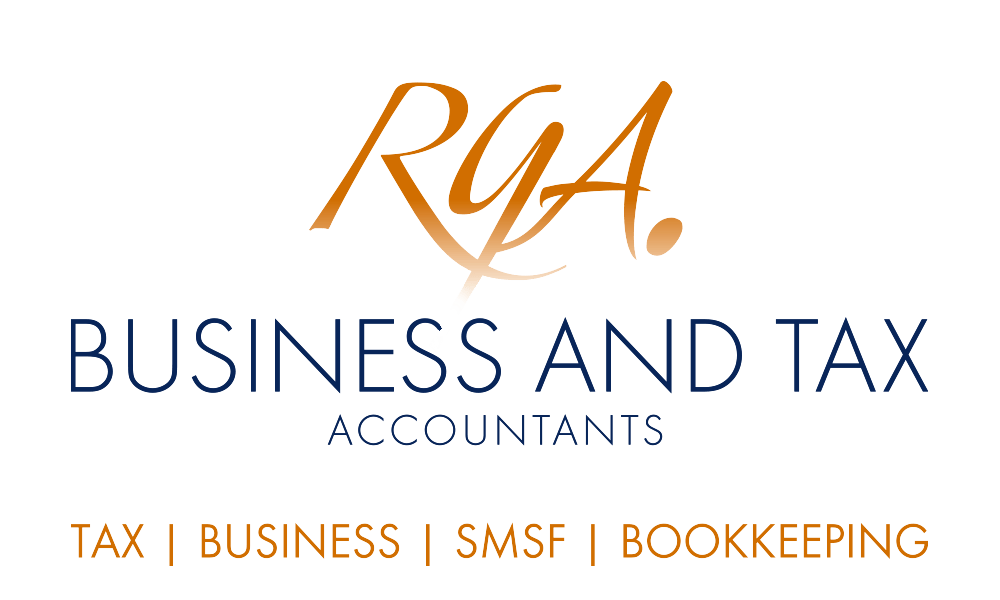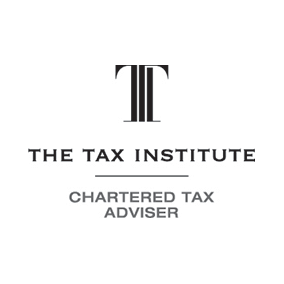
Generational succession - handing your business across to your kids or family - sounds simple enough but, many families end up in a dispute right at the point when the parents, business, and children are most vulnerable. It’s important that generational succession is managed as closely and diligently as if you were selling your business to a stranger to avoid misunderstandings and disputes.
If you are looking to hand your business to your children or relatives, there are a few key issues to think about:
Capability and willingness of the next generation – do your kids really want the business?
There needs to be a realistic assessment of whether or not the business can continue successfully after the transition. In some cases, the exiting generation will pursue generational succession either as a means of keeping the business in the family, perpetuating their legacy, or to provide a stable business future for the next generation. All of these are reasonable objectives, however, they only work where there is capability and willingness.
The alternative scenario can also exist where generational succession is pursued by the younger generation. In some cases, it’s seen as their birth right. In these cases, the willingness will exist but this does not automatically translate to capability.
Capital transfer - how much money needs to be taken out of the business during the transition?
What level of capital do the current business owners, generally the parents exiting the business, need to extract from business at the time of the transition? The higher the level of capital needed, the greater the pressure that will be placed on the business and the equity stakeholders.
In most cases, the incoming generation will not have sufficient capital to buy out the exiting generation. This will require the vendors to maintain a continuing investment in the business or for the business to take on an increased level of debt.
In many cases, the exiting generation will want to maintain a level of equity investment. This might be a means of retaining an interest in the business or alternatively staging their transition. In either case, it is important to map the capital transition both from a business and shareholder perspective. This needs to be documented and signed off firstly from the business’s perspective and then by both generational groups. No generational transition should be undertaken without a clear and agreed capital program.
Income needs – ensuring remuneration is on commercial terms
In many SMEs, the owners arrange their remuneration from the business to meet their needs rather than being reasonable compensation for the roles undertaken. This can result in the business either paying too much or too little.
Under a generational succession, there should be an increased level of formality around compensation to directors and shareholders. Compensation should be matched to roles and where performance incentives exist these should be clearly structured.
Operating and management control
Once the capability and capital assessments have been completed, it is important to look at the transition of control. This can be a very sensitive area. It’s essential to establish and agree in advance how operating and management control will be maintained and transitioned.
The plan for operating and management control should be documented and signed off by all parties with either timelines for time driven succession or milestones for event-focussed transitions.
Transition timeframes and expectations
Generational succession is often a process rather than an event and achieved over an extended period of time. The critical issue is to identify and ensure that all parties have a common understanding and acceptance of the time period over which the transition will take place. This should be included in the documented succession plan.
The need for greater formality and management structure
Generational succession often requires a greater level of formality in the management and decision making process. This formality should achieve a separation of function between management, the Board, and shareholders.
Often in an SME business, these roles merge and there are no clear dividing lines or boundaries. Roles, responsibilities, and clear key performance indicators (KPIs) for management should be agreed and documented.
Need assistance? We can work with you to successfully transition your business.
Need Help with your Business, Bookkeeping, Tax or SMSF requirements?
If you would like a little help, please get in touch with us for assistance. We can help with your business, bookkeeping, tax and SMSF requirements.
Please also note that many of the comments in this publication are general in nature and anyone intending to apply the information to practical circumstances should seek professional advice to independently verify their interpretation and the information’s applicability to their particular circumstances. Should you have any further questions, please get in touch with us for assistance with your SMSF, business, bookkeeping and tax requirements. All rights reserved. Brought to you by RGA Business and Tax Accountants. Liability Limited by a scheme approved under Professional Standards Legislation.









